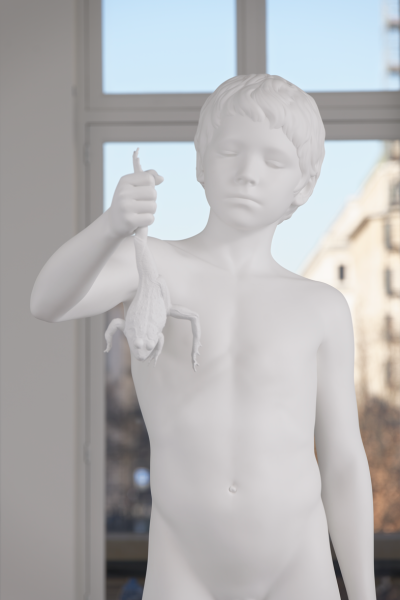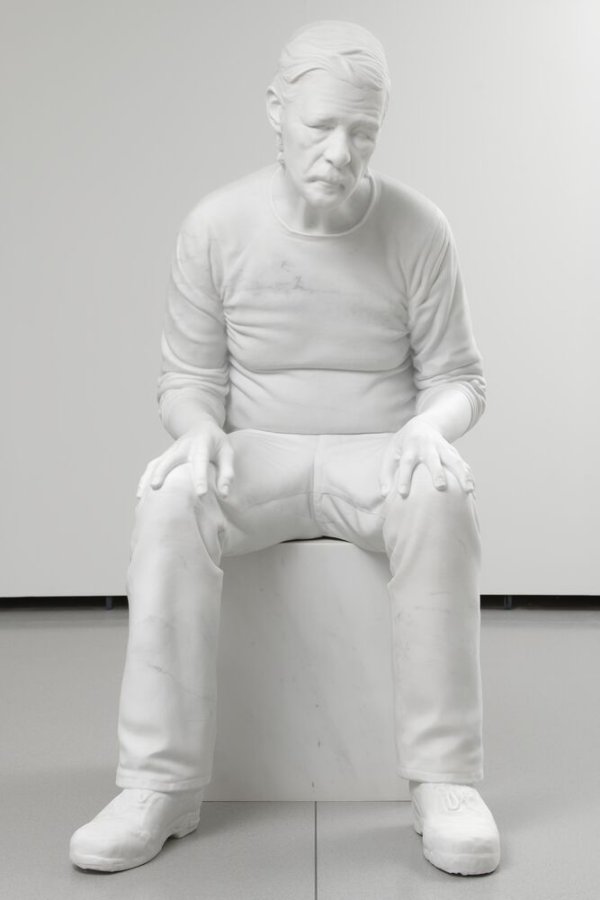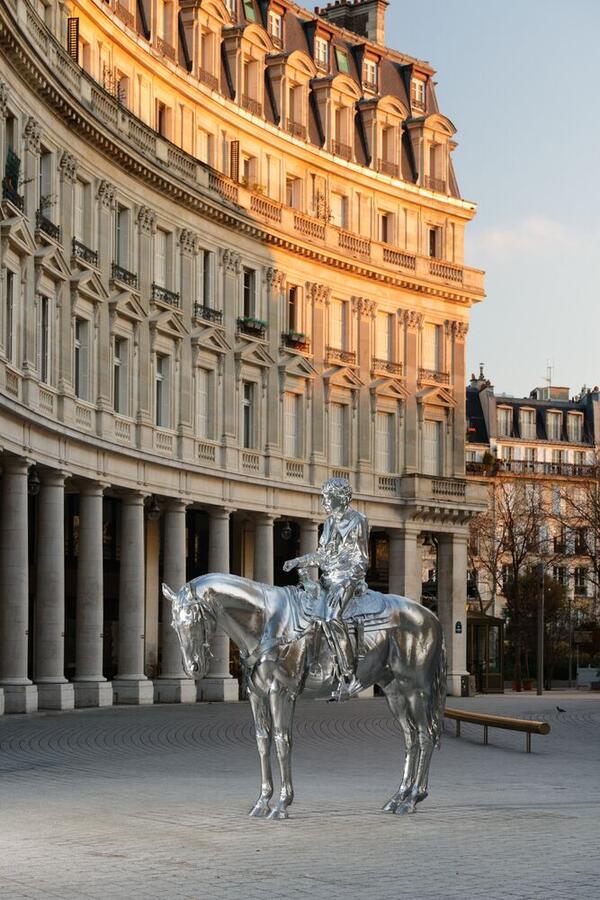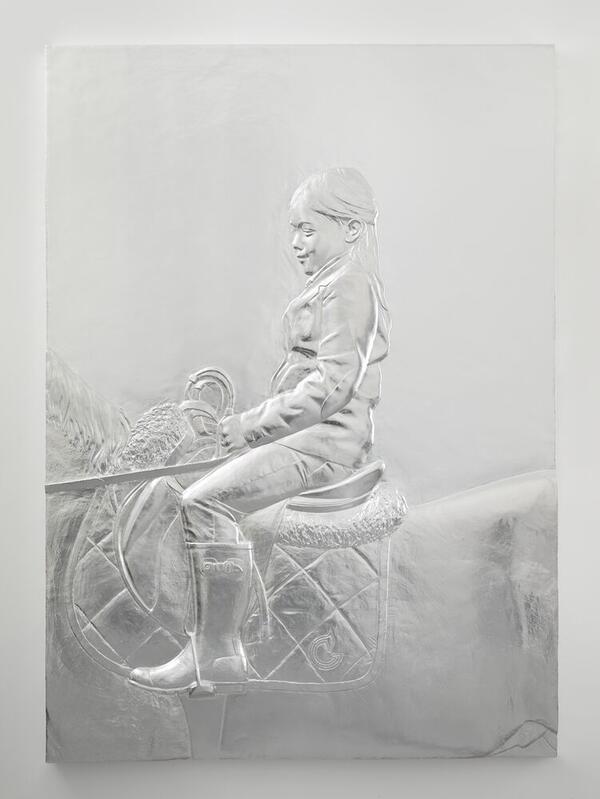Curated by
Caroline Bourgeois
Since the 1970s and throughout nearly fifty years of creation, Charles Ray has become one of the most important figures on the international art scene. His sculptural work, striking, singular, unmatched, makes its mark through its inventiveness and questioning.
From 16 February 2022, this work will be the subject of a carte blanche for the artist: two exhibitions co-presented by the Bourse de Commerce — Pinault Collection and the Centre Pompidou. This double and sizeable solo exhibition, of unprecedented scope in France and in Europe, has been conceived since 2018 by the two institutions in close collaboration with the artist; it is accom-panied by a joint catalogue, in co-edition.
As Charles Ray’s entire oeuvre is made up of some one hundred sculptures, this means that over a third of his sculptural work is being presented in Paris for the first time, with nearly twenty works at the Bourse de Commerce — Pinault Collection as at the Centre Pompidou.
The two exhibitions were conceived in a distinct and complementary manner: two different points of view, one resulting from a dialogue between the artist and Jean-Pierre Criqui for the Centre Pompidou, the other between the artist and Caroline Bourgeois for the Pinault Collection at the Bourse de Commerce.
With two simultaneous exhibitions in Paris, Charles Ray plays with the theme of the double—both the same and the other—which has run through his work for almost half a century. Each exhibition presents a singular perspective, while establishing a game of echoes and references from one to the other. This unusual, even novel proposal, which gives a sense of the diversity of the sculptor’s career, is also an event in exhibition history.
Born in 1953 in Chicago and now living in Los Angeles, Charles Ray is one of the few artists of his generation to have had a lasting impact on recent art history. His highly diverse work, although limited in quantity, proceeds from a question constantly repeated and modulated: “What is sculpture?” Informed by a deep knowledge of his art, Charles Ray elaborates on a wide range of answers that go against any unequivocal meaning or imposed interpretation. Mixing, with a certain degree of humour, historical models (Ancient Greece, the Italian Renaissance) and scenes or objects from everyday life his sculptures, through their subtly arranged spacing, through their syntax, create the space they occupy. Through the temporal dimension in which they are apprehended, which assumes the presence of spectators in motion sharing this space, they are also part of a double time span: that in which they are experienced, which is constantly in the making, and that, free and unli-mited, of the resonances they give rise to in each and every viewer.
Illuminating every facet of the artist’s work, and without any retros-pective narrative, the two exhibitions echo each other around the presentation of two tall mannequins both titled Fall ’91 (1992), as well as Tabletop (1988) and How a Table Works (1986), two tables bearing a still life with objects. The exhibition at the Centre Pompidou focuses on works from the 1970s and 1980s to the 2000s, while the exhibition at the Bourse de Commerce — Pinault Collection looks at human figuration from the 1990s up until the most recent works, some of which are being shown for the first time.





